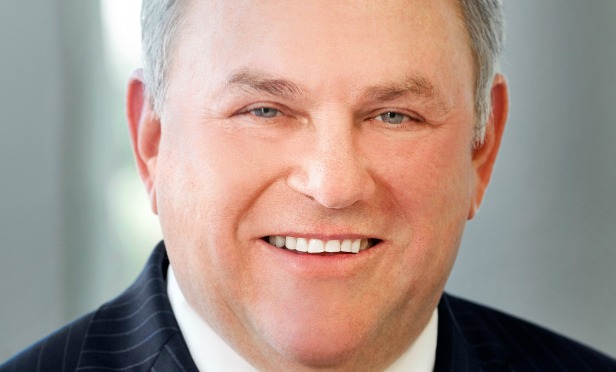TruAmerica Multifamily's transactions—both acquisitions and dispositions—hit $1.3 billion in 2018. Acquisition volume alone grew to nearly $1 billion in 2018, as the firm has continued to buy in growth markets. In addition to the firm's transaction volume growth, it is entering 2019 with key promotions to propel future growth. The promotions include Noah Hochman and Matthew Ferrari to co-chief investment officers and Tammi Warner to managing director of transactions and Underwriting.
“We are focused on several key high-growth West Coast multifamily markets that support our strategy, including Orange County, San Diego, Phoenix and Las Vegas as well as the states of Florida and Georgia,” Robert E. Hart, founder and CEO of TruAmerica Multifamily, tells GlobeSt.com. “These markets produced 20 new properties for us totaling 7,000 units. Our team is centered around building our substantial market share in these markets, which will allow us to take advantage of economies of scale.”
In 2018, in general was a robust year for multifamily investment. TruAmerica grew its transaction volumes year-over-year. “In 2017 we closed approximately $700million in transactions. In 2018 we closed $957 million so a very robust year for TruAmerica,” says Hart. He adds that it will continue to grow its portfolio this year and increase its transaction volume. “In 2018 we sold nearly $400 million in assets,” he says. “This year we expect to remain a net buyer as we build our portfolio, while reducing our exposure to key assets that have achieved their five-year business plans.”
To reach that goal, Hart has no intention of changing its investment strategy for 2019. In fact, the firm has yet to change its investment strategy since its inception. “We have stuck to our original plan of finding below replacement cost, class-B multifamily properties in high growth undersupplied submarkets,” says Hart.
While the class-B strategy has been successful, more investors continue to enter the space and flood into the growth markets the firm has targeted. Despite the increase in competition, TruAmerica has managed to remain active in the space and win deals. “We have lowered our cost of capital and sharpened our underwriting pencils to fit the current environment,” says Hart. “In addition , we must search harder to find opportunities that fit our profile, and when we do find them, we are relentless in our pursuit of leaving no stone unturned . Our goal is to know the asset, as well, if not better than the seller so we can maintain a competitive advantage in winning the deal.”
© Touchpoint Markets, All Rights Reserved. Request academic re-use from www.copyright.com. All other uses, submit a request to [email protected]. For more inforrmation visit Asset & Logo Licensing.







